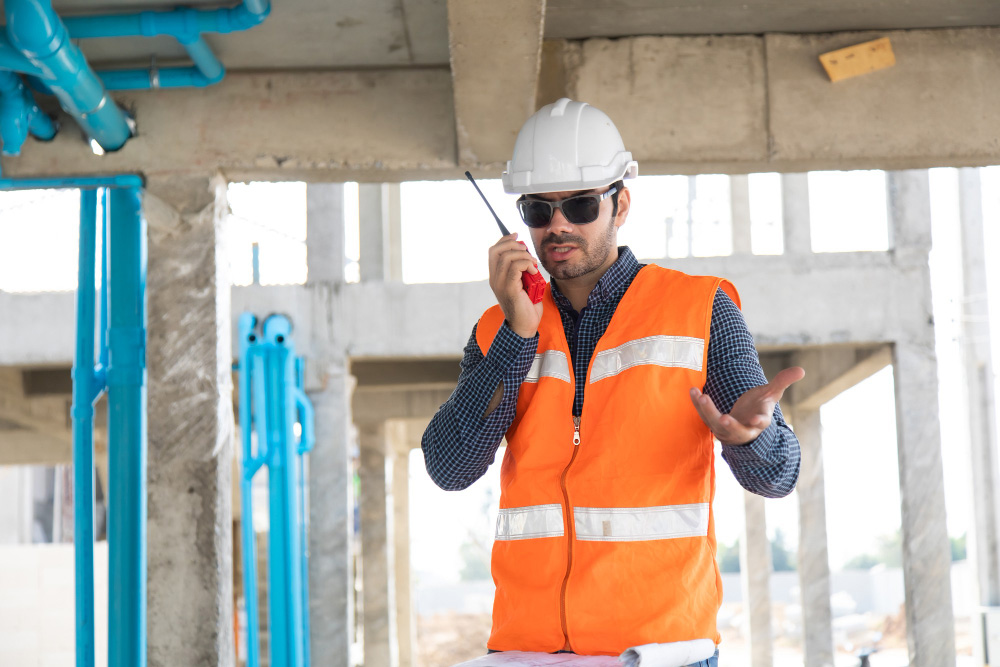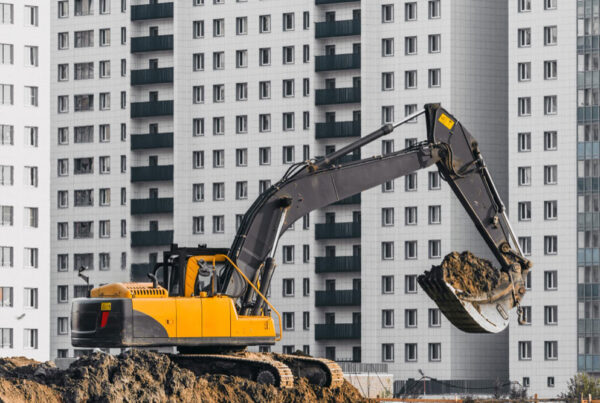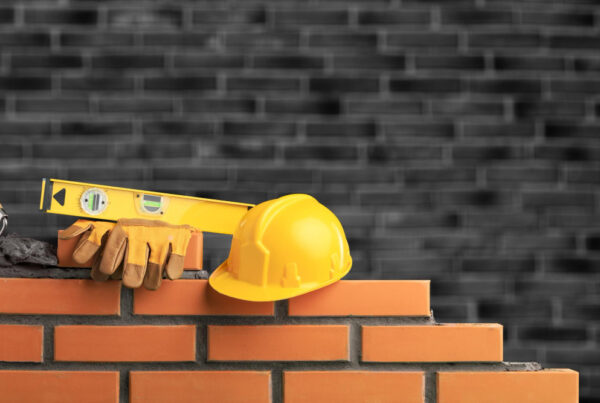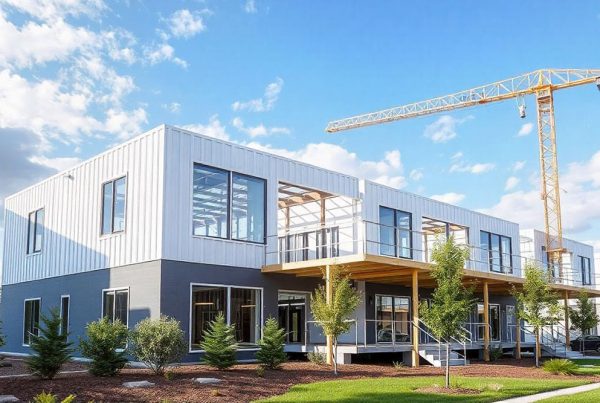Construction sites are inherently hazardous environments, where heavy machinery, elevated work areas, and complex tasks increase the risk of accidents and injuries. Implementing robust safety measures is critical to ensuring worker protection and maintaining productivity. In regions like Congo, where infrastructure development is on the rise, prioritizing construction safety is essential to avoid setbacks and safeguard the well-being of workers. This article explores best practices for construction safety and highlights strategies to create safer job sites.
1. Conduct Regular Safety Training
One of the most effective ways to prevent accidents is by equipping workers with the knowledge and skills needed to identify and mitigate risks. Regular safety training sessions should cover topics such as:
- Proper use of personal protective equipment (PPE).
- Safe operation of machinery and tools.
- Emergency response procedures.
- Hazard recognition and prevention.
In Congo, where many construction workers may be new to large-scale projects, comprehensive training can bridge knowledge gaps and enhance workplace safety.
2. Use Appropriate Personal Protective Equipment (PPE)
Providing workers with the right PPE is a fundamental aspect of construction safety. This includes helmets, gloves, safety goggles, high-visibility clothing, and fall protection harnesses. Supervisors should ensure that PPE is properly fitted, regularly inspected, and replaced when necessary.
3. Establish Clear Safety Protocols
Creating and enforcing clear safety protocols helps standardize safe practices across the job site. These protocols should address:
- Safe handling of materials and equipment.
- Proper signage to identify hazards.
- Restricted areas where only authorized personnel are allowed.
- Daily safety briefings to communicate site-specific risks.
4. Maintain Equipment and Machinery
Malfunctioning equipment is a leading cause of accidents on construction sites. Regular maintenance and inspections ensure that machinery operates safely and efficiently. Operators should report any defects or issues immediately to prevent accidents. In fast-growing regions like Congo, where equipment is often used intensively, a proactive maintenance schedule is critical.
5. Monitor Worksite Conditions
Construction sites are dynamic environments where conditions can change rapidly. Supervisors should monitor for potential hazards such as unstable scaffolding, exposed electrical wiring, or slippery surfaces. Weather conditions, such as heavy rains common in Congo, should also be considered, as they can increase risks of accidents.
6. Encourage Open Communication
Workers should feel empowered to report unsafe conditions or practices without fear of retaliation. Establishing an open line of communication between workers and management fosters a culture of safety and accountability.
7. Plan for Emergencies
Despite the best precautions, emergencies can still occur. Having a well-defined emergency response plan ensures that workers know how to react in situations such as fires, falls, or equipment malfunctions. First aid kits, fire extinguishers, and emergency contact numbers should be readily available on-site.
8. Promote a Safety-First Culture
Leadership plays a crucial role in promoting a safety-first mindset. Managers and supervisors should lead by example, demonstrating adherence to safety protocols and encouraging workers to prioritize their well-being.
Conclusion
Ensuring worker safety on construction sites is a shared responsibility that requires commitment from all levels of the organization. By implementing best practices such as regular training, appropriate PPE, clear safety protocols, and proactive equipment maintenance, companies can create safer work environments. In Congo, where the construction sector is experiencing rapid growth, adopting these measures is essential for sustainable development and worker protection. A strong safety culture not only reduces accidents but also boosts productivity and fosters trust among workers, paving the way for successful project outcomes.






